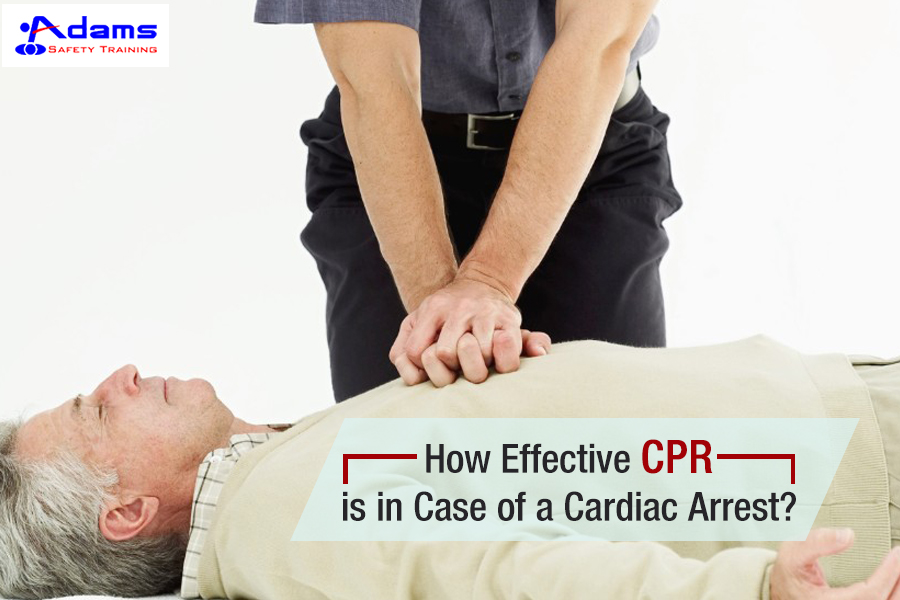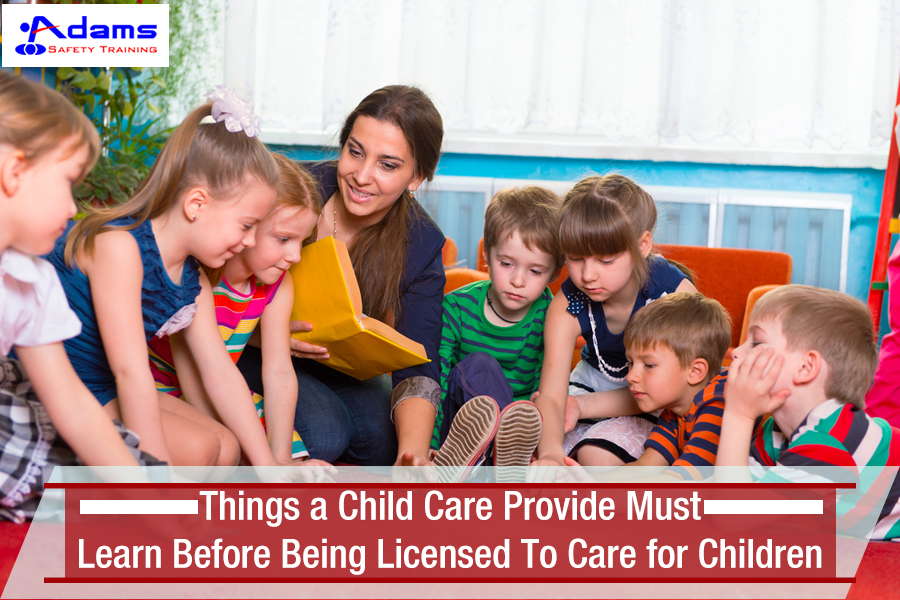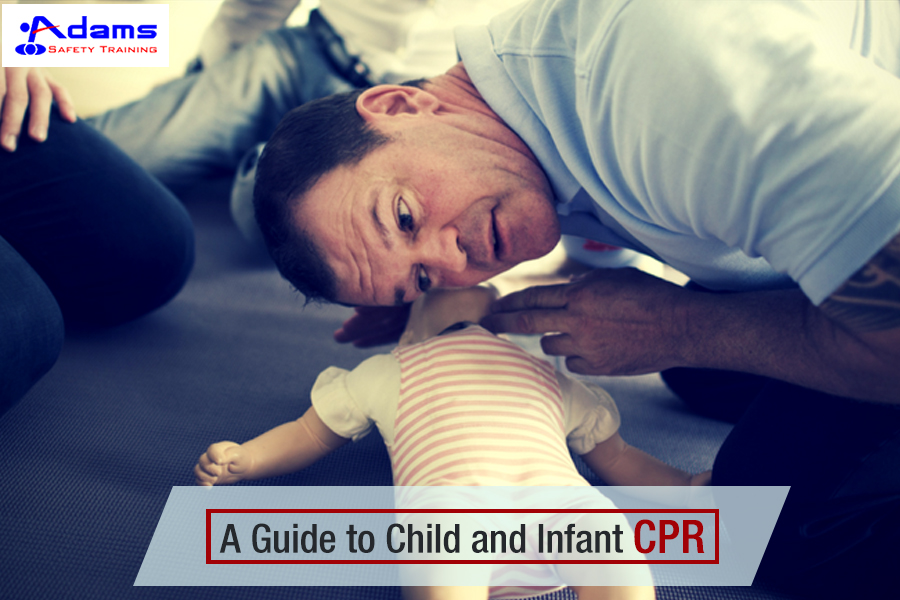Sudden cardiac can happen to anyone at any time, any place. Victims of cardiac arrest often seem healthy and may not have pre-existing heart related issues. In case of a cardiac arrest, the brain loses its supply of oxygenated blood that may lead to permanent brain damage or even death within minutes.
It is important to note that a large number of people suffer cardiac arrest outside the hospital. Those who suffer cardiac arrest outside a hospital have only 12% chance of survival. However, if they are given a proper CPR on time, their chances of survival may get double or even triple.

CPR or Cardiopulmonary Resuscitation is often the only means of countering a sudden cardiac arrest, until a professional medical help arrives at the spot. Therefore, it is important to provide an immediate CPR to the victim of a cardiac arrest. The technique includes manual chest compressions that help to squeeze blood out of the heart and supply it throughout the body, delivering some oxygen-rich blood to the victim’s brain and organs. Everyone including non-medical professionals must get CPR Training in Fairfield to become proficient in this lifesaving technique.





